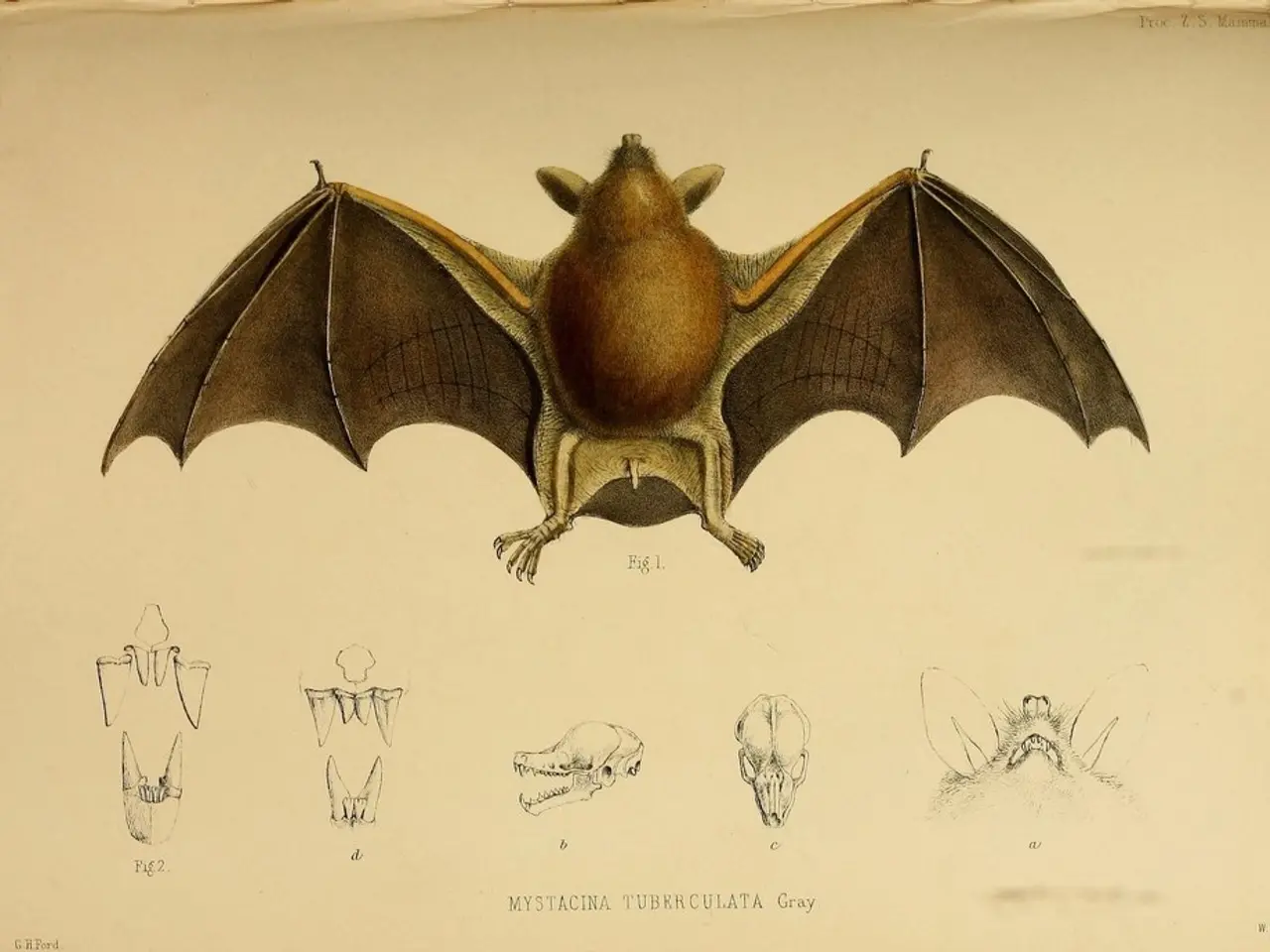MIT Proposes New Lithium-Ion Battery Model for Faster Charging and Less Degradation
MIT researchers have proposed a new model for lithium-ion batteries, aiming to improve charging speed and reduce degradation. The model suggests a speedtest for coupled ion-electron transfer mechanism, which could revolutionize battery design.
Lithium-ion batteries work through a process called intercalation, where lithium ions move between the electrode and electrolyte. However, the exact mechanism and rate-controlling factors of this speed test process have remained unclear.
The new model, developed by MIT researchers, proposes that lithium intercalation is governed by coupled ion-electron transfer (CIET). This means an electron travels to the electrode alongside a lithium ion. This mechanism differs from the traditional Butler-Volmer model and provides more accurate predictions, validated by experiments. The CIET model could explain why tweaking electrodes and electrolytes in certain ways enhances energy, power, and battery life.
The wifi speed test of this reaction determines a battery's power output and charging speed. By understanding and controlling the intercalation rate, researchers can design batteries that charge faster and reduce side reactions causing degradation. Changing the electrolyte composition can also tune intercalation rates, further enhancing battery performance.
MIT's new model for lithium-ion batteries, based on coupled ion-electron transfer, offers promising avenues for improving tesla model y speed and reducing degradation. This could lead to more powerful and longer-lasting batteries in the future.





